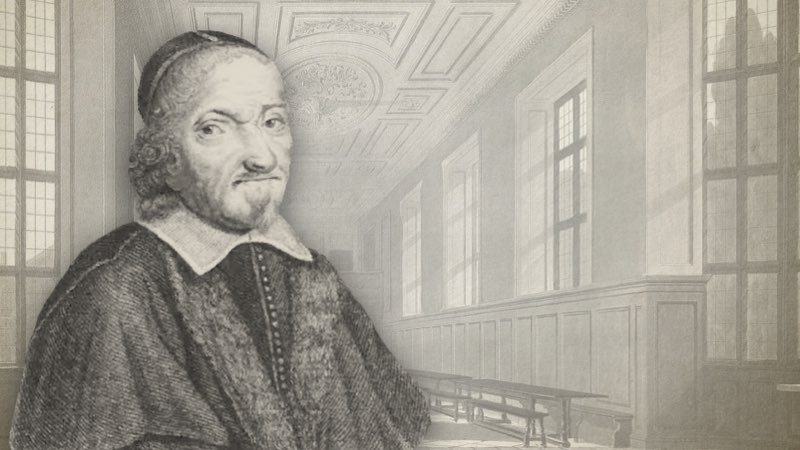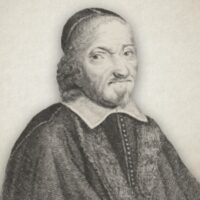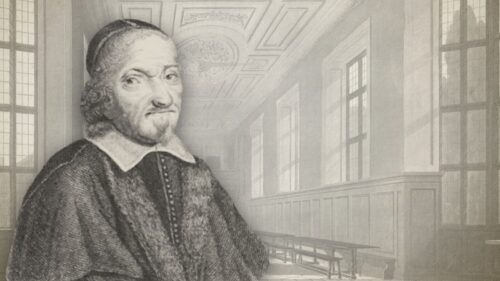
The Life And Ministry Of Myles Coverdale
“The Works of Myles Coverdale”, Advertisement, 1844:
He is said to have been born in the year 1488, and to have been a native of the district of Coverdale in Richmondshire, from which district it is probable that his family took their name. He received his education in the Priory of the Augustines at Cambridge, of which the celebrated Dr. Barnes was the head. It is probable, that from this eminent man he derived those principles which led him to take so great a lead in the Reformation, and especially to devote himself with so much energy to the great work of presenting the scriptures to his countrymen in their native tongue. Bishop Coverdale subsequently showed his gratitude to his instructor by composing one of his ablest treatises in his defense. The situation of Coverdale having become unsafe from the conspicuous part which he had taken in defense of the new doctrines, he left England for a few years in the latter part of the reign of Henry VIII, during which time he was in the Netherlands, Denmark, and the north of Germany. During the period of this absence, besides assisting Tindal in his translation of the New Testament, he completed the translation of the Bible, which was published October 4th, 1535, besides other works calculated to advance the cause of the Reformation. On the accession of Edward VI in 1547, he returned to England, and was appointed chaplain to the Queen Dowager. In 1548, he accompanied the expedition of lord Russell for the suppression of the rebels in Devonshire. He was subsequently appointed coadjutor to Veysy, bishop of Exeter, and finally, in 1551, consecrated bishop of that see on the resignation of Veysy. On the accession of Mary, in 1553, he was deprived of his bishopric; but at the intercession of the king of Denmark he was allowed to leave the kingdom, from whence he went to Denmark, and was at length appointed to the parochial charge of Bergzabern in the dutchy of Deux-Ponts; where he remained till he went to Geneva, at which place he appears to have lived till the accession of Queen Elizabeth in 1558, when he returned to England; and on the 17th of December 1559, he officiated at the consecration of Archbishop Parker. He was collated on the third of March 1563 to the living of St. Magnus, London Bridge, by Bishop Grindal, which in the course of the year 1566 he resigned. He died in February 1569 at the advanced age of eighty-one years, and was buried on the 19th of that month in St. Bartholomew’s Church, behind the Exchange. Although he was not restored to the bishopric of Exeter after his return from exile, nor promoted to any other bishopric, it is evident that he never relinquished his episcopal character, (as some have asserted that he did,) as he always signs himself — “Myles Coverdale, quondam Exoniensis.”
Myles Coverdale (1488-1569) was an English sovereign grace preacher during the Protestant Reformation, serving as Bishop of Exeter between the years 1551 to 1553. His teachings were aligned with those of Augustine and Calvin, advancing the cause of Puritanism. He is best known for producing the first complete printed translation of the Bible into English.




